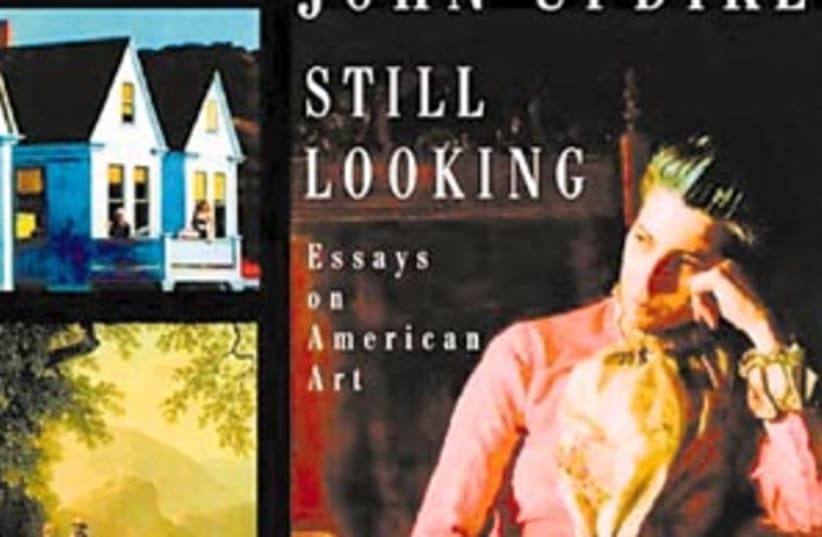| More about: | Andy Warhol, Jacqueline Kennedy Onassis, Jackson Pollock, John Updike |
When words are not enough
An afternoon stroll with John Updike reveals the prolific writer's passion for paintings.


| More about: | Andy Warhol, Jacqueline Kennedy Onassis, Jackson Pollock, John Updike |